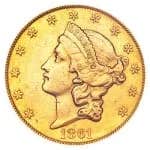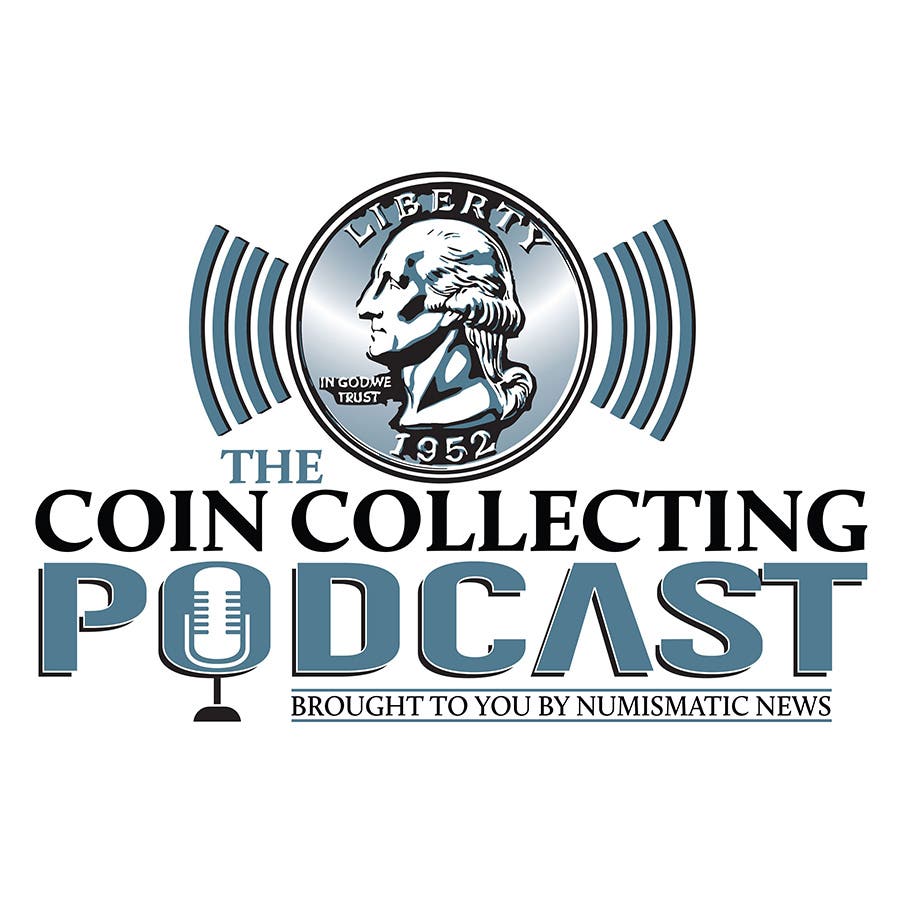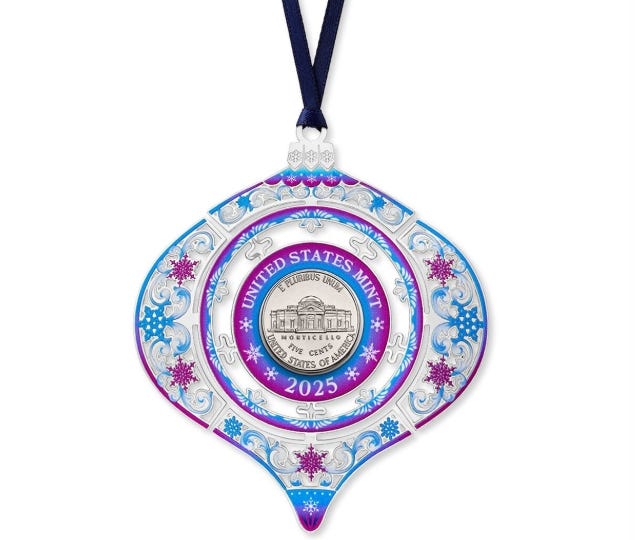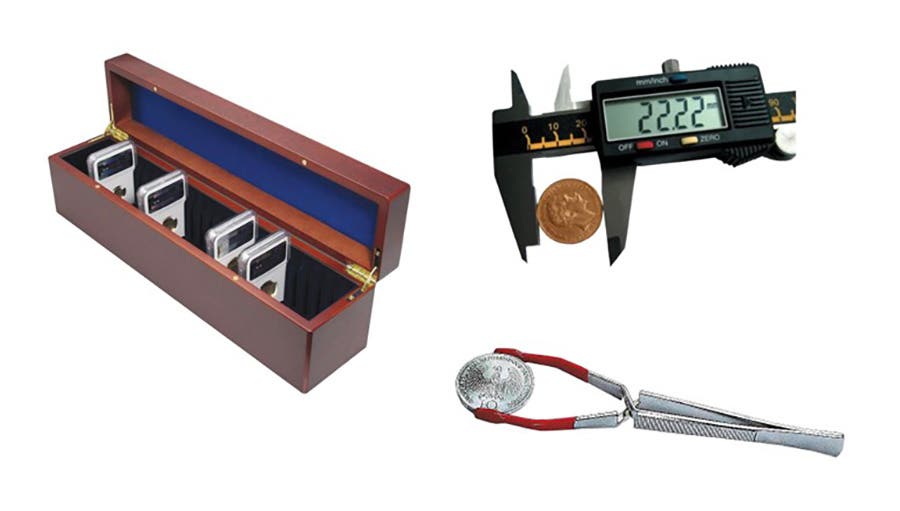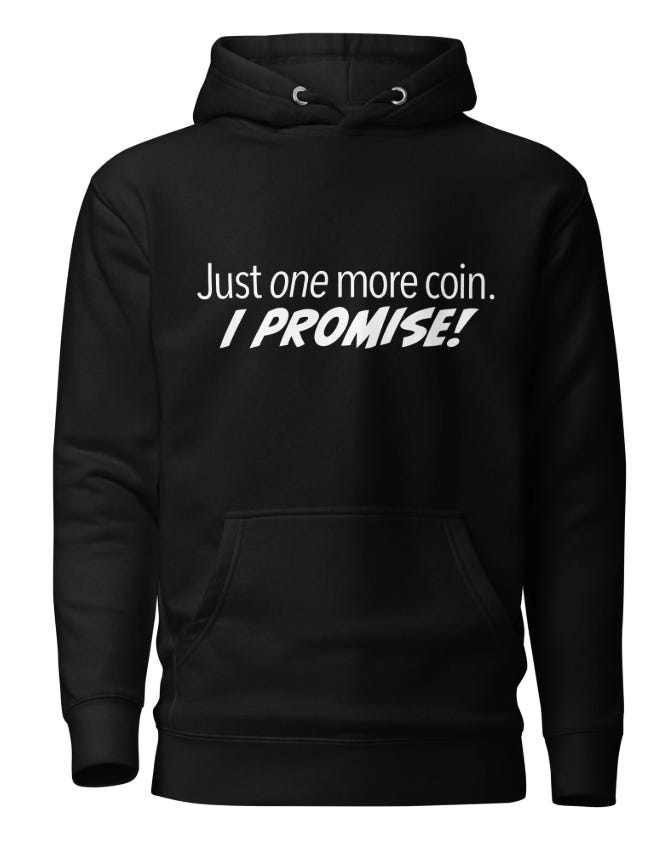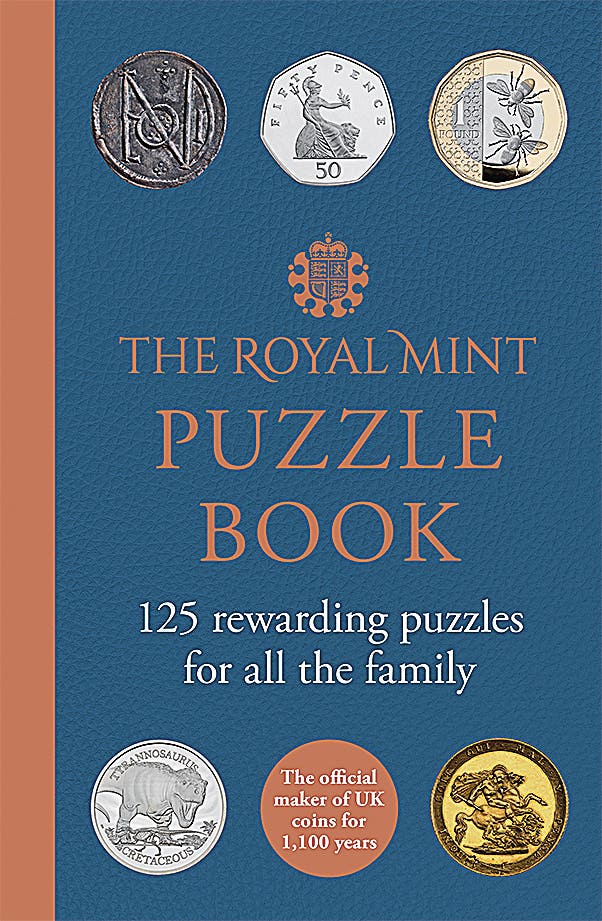Bargain Collector: Modern Silver Proof Sets
Silver proof sets have quietly held their shine since 1992 — overlooked by many, yet rich with value, history, and untapped potential for collectors.
On some occasions, bargains are hiding in plain sight. These are often the coins that are with us all the time, and which we overlook, perhaps too often. We are going to make the case that the silver proof sets the United States Mint has been producing since 1992 fall into this category. Looking into them and collecting this very attractive set of annual offerings may end up turning into a rather inexpensive assembly we never thought of too much.
The details, silver
The variety of different proof sets the Mint produces today can be almost bewildering. There are options that include a silver Eagle, and others that have only the recent quarters. So we’re going to start with what we can call the basics – meaning the proof sets that started coming out in silver back in 1992.
As we get going, we should do some basic arithmetic. The Roosevelt dime that comes in these modern silver proof sets contains 0.07234 ounces of the precious metal. Not much, but it all adds up. Each quarter contains 0.18084 ounces. And the big guy in these sets, the half dollar, contains 0.36169 ounces. These weights saw some minor changes as time went on, but for a starting point, these numbers will do. Added up, this is 0.61487 troy ounces of silver. When silver trades at $50 per ounce, that means the base value of these three coins is $30.74. As we always do when looking for bargains, we will keep this total in mind, as we do our version of comparison shopping.
Back to the 1990s.
The proof sets of the United States Mint had undergone plenty of improvements as the 1990s unfolded. The coins themselves were always stellar, but the packaging made a steady climb to more secure cases and housing, ones that would be tough to see damaged enough that the coins within them suffered some degree of damage. But before 1992, the only change in the line-up, as it were, was the Bicentennial set of quarter, half dollar, and dollar. The year 1992 changed all that.
We don’t think of the year 1992 as a bicentennial year for anything, but it actually was. It was the 200th year since the United States Mint first got up and running. It took the passing of a law – Public Law 101-585 – to bring these silver sets into existence and required that the silver be domestically sourced. For the first time in twenty-five years, silver was reintroduced into coins that could be described as circulating, at least in their design.
The Mint versus the secondary market
Perhaps obviously, the Mint has continued to pound out an impressive amount of silver proof sets since 1992. Many collectors opt to purchase one or more each year, directly from the Mint. After all, they make great gifts and are appreciated by people who aren’t collectors at all. They may not qualify as bargains, at least not right at the moment we purchase them. But with time, and a general rising cost of silver, they might end up being sets that fit the bill after all.
But there are some other ways to collect as well. One is to wait and see if the price of a particular proof set will go up or down with time. It’s a strange but true fact that quite a few of the Mint’s products take a dip in cost sometime after they have been released, and patient collectors watch for that. The secondary market where we can buy such items, including proof sets, can be a decent-sized coin show, with plenty of dealers, or our friends online, at virtual places such as eBay. It does take a certain amount of vigilance to find the bargains in this manner, with frequent checks of any online site, but it certainly can be done.
Buying singles that have been slabbed
One method of looking for bargains among proofs is to step away from the idea of proof sets and start gunning for single proof coins. This is a more common approach among collectors of what we can call the classic proofs, simply because those made before the late 1960s were sold in rather flimsy packaging, and were often broken out of those packs to be placed in books. While this is a neat way to build a book of any denomination of U.S. coin over the years, it faded somewhat as a technique when hard plastic cases for Mint proof sets came to the fore. Yet even now, some people do break apart proof sets, send the coins in to a reputable, third-party grading service, hope for a crème de la crème grade, such as PF-70, then resell the best at a decent profit. An odd, secondary result of this is that those proofs that do not land the top-notch grade may then be available at very good prices.
What we could conceivably assemble
Starting a collection of modern, United States silver proof sets can definitely be an inexpensive means of getting some great coins at relatively low prices. The price of silver has been on the rise through much of 2024 and 2025, but that doesn’t automatically mean that the cost of proof sets will launch to crippling heights. Any collector could do quite well starting from scratch with the most modern of silver proof sets, then working their way backwards as their wallet and means allow. There may very well be some good bargains tucked in along the way.
You may also like:

